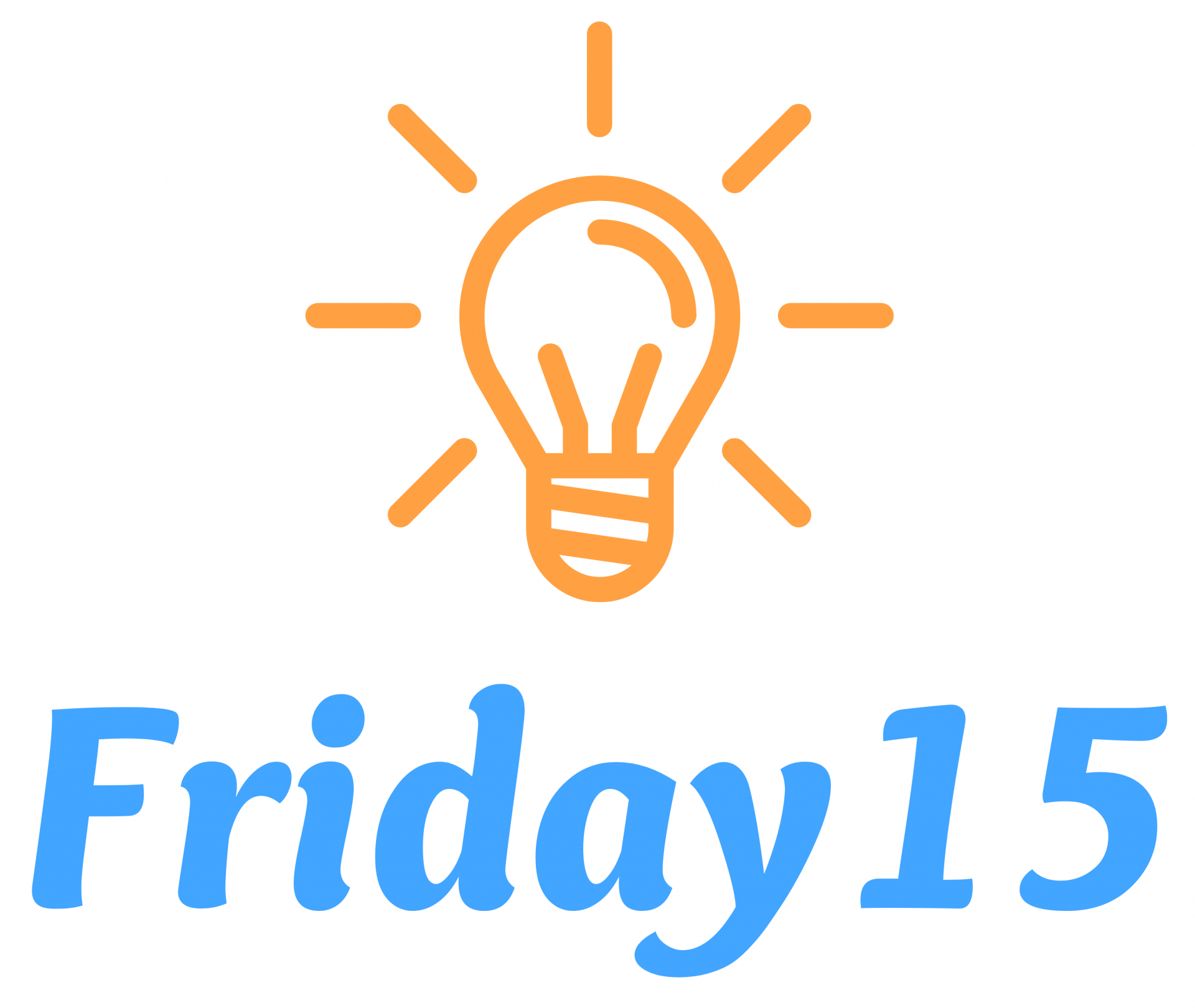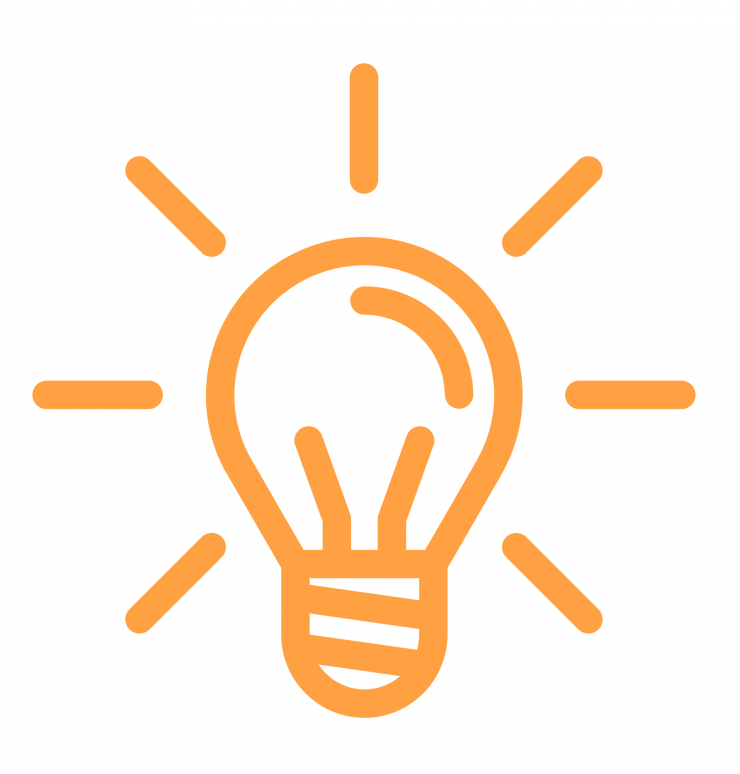You want the data? We've got it.
We offer engaging, efficient, and convenient learning to professionals for a reason: it works.
We all know attention spans are shrinking.
And we're moving from a culture of deep attention to hyper attention.
Deep Attention.
Able to concentrate on one object or information stream for long periods of time, ignoring outside stimulation.
Able to concentrate on one object or information stream for long periods of time, ignoring outside stimulation.
Hyper Attention.
Switches focus between multiple information streams; preference for high stimulation, lower tolerance for boredom.
Switches focus between multiple information streams; preference for high stimulation, lower tolerance for boredom.
Did you know?
Prior to the 1960's, movie shots held a viewer's attention for upwards of
Now, it's less than
Seconds
2000 ATTENTION SPAN
12 seconds
2022 attention span
8 seconds
goldfish attention span
9 seconds
Meanwhile, technology and our preference for it is advancing...

6 hours
Average daily video use by U.S. adults.
51%
Of millennials prefer video over text.
8 out of 10
Of adults aged 50-64 are online daily
1/3 of workers clock over 50 hours a week
41% get less than 7 hours of sleep a night
25% of executives say their communications are unmanageable
40% say they don't have time to do the training they need
The current half life of professional skills: 2.5 years
The average employee spends 30+ hours on professional training.
And professionals are more time-strapped than ever.
Traditional continuing education isn't cutting it anymore.
We're spending too much.
U.S. businesses spend approximately $169 billion on employee learning and training.
Organizations spend over $359 billion globally on training.
Getting too little.
Only about 15% of employees are successfully applying what they've learned in their training.
Only 25% of respondents to a recent McKinsey survey believe that training measurably improved their performance.
Not paying attention.
In the first 8 minutes of learning, we are at our peak energy levels.
After 20 minutes, our neurons experience a noticeable drop, and many learners disconnect.
Within 60-120 minutes, alertness completely collapses.
And forgetting.
Some studies suggest that learners can forget as much as 50% to 80% of what they learn when traditional learning is not reinforced after the training event.
Other research is even worse, suggesting that learners forget 80% of information with 30 days, and 90% within a year.
Improved focus + retention
Microlearning improves learner focus and long-term information retention by up to 80%.
Better engagement
In one survey, 50% of employees said they would be more likely to use their company's training modules if they were shorter.
Higher completion rates
More efficient and convenient methods of learning lead to better completion rates. In one example, training completion rates jumped from 30-45% to 90%.
Reduction in costs
Because microlearning courses are easier to prepare, they can reduce development costs by up to 50%.
Timely, relevant information
Microlearning increases the speed of development by 300%, allowing learners much faster access to the information they need to know now.
The workforce prefers it
One case study found that 95% of employees preferred their microlearning experience compared to traditional learning setting.



